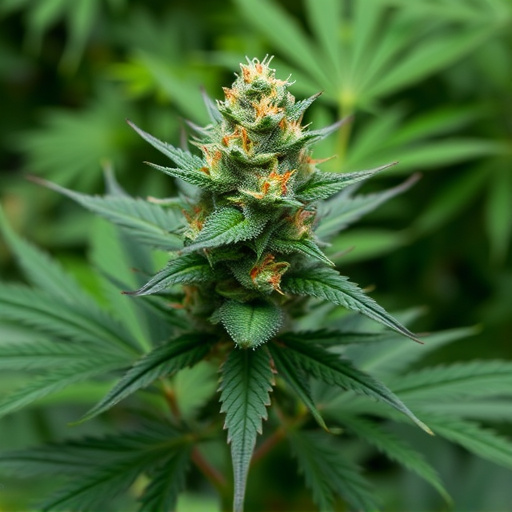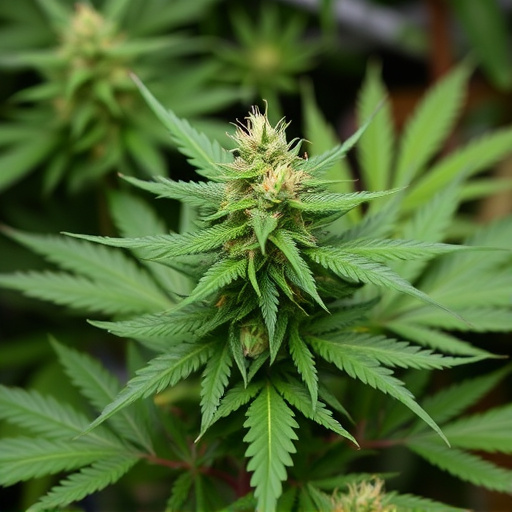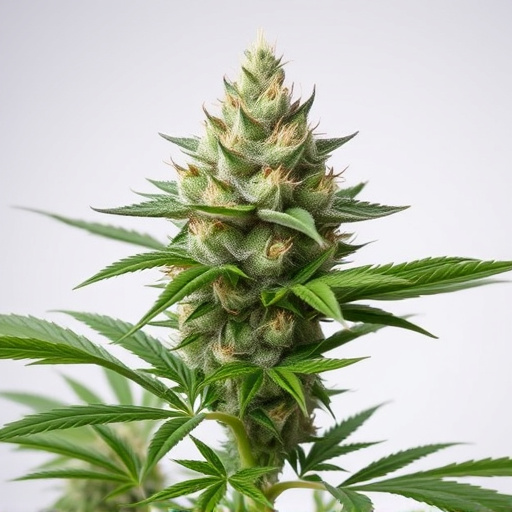The time a person's body takes to detect cannabis varies greatly due to individual genetic factors, metabolism, age, BMI, and overall health. Faster metabolisms clear THC quickly, while slower ones can result in positive tests for weeks after consuming similar amounts of new cannabis strains. As new cannabis strains with diverse potencies emerge, understanding these variations is crucial for accurate interpretation of detection times.
“Unraveling the complexities of cannabis detection timelines involves a multifaceted approach. This article delves into the intricate web of factors that influence how long cannabis remains detectable in an individual’s system. From metabolic variations driven by genetics and age to the distinct characteristics of modern cannabis strains with varying THC/CBD ratios, every element plays a role. Additionally, exploration of consumption methods and testing techniques highlights the importance of accurate detection in today’s evolving cannabis landscape, particularly with the rise of new cannabis strains.”
- Metabolism and Individual Variations
- – Genetic factors influencing metabolism
- – Age, weight, and overall health as variables
Metabolism and Individual Variations

The metabolism, or the way a person’s body processes substances, plays a significant role in determining cannabis detection times. Every individual’s metabolic rate is unique, affecting how quickly cannabinoids like THC are broken down and eliminated from their system. This natural variation can lead to differing detection windows for cannabis use, even among those who consume similar amounts of new cannabis strains.
Genetics, age, body mass index (BMI), and overall health are factors that influence an individual’s metabolism. For instance, a person with a faster metabolic rate might clear THC more rapidly, making it challenging to detect recent cannabis use after just a few days, while someone with a slower metabolism could still test positive weeks after consumption. Understanding these variations is crucial when interpreting cannabis detection times and highlights the importance of considering each individual’s unique physiological characteristics.
– Genetic factors influencing metabolism

The speed at which cannabis is metabolized in an individual’s system can be significantly influenced by genetic factors, which play a crucial role in determining detection times. Each person’s body processes cannabis differently due to variations in genes involved in absorption, distribution, and elimination of the compound. These genetic differences can lead to variations in metabolism rates, affecting how quickly THC (the primary psychoactive component) is cleared from the system. With the emergence of new cannabis strains, featuring diverse terpene profiles and cannabinoid ratios, understanding these genetic factors becomes increasingly important. Research suggests that certain genetic predispositions may make individuals more susceptible to rapid or prolonged effects of cannabis consumption.
– Age, weight, and overall health as variables

The detection time of cannabis in an individual’s system can vary significantly based on several factors, including age, weight, and overall health. Younger individuals may have faster metabolisms, leading to quicker clearance of cannabinoids from their systems compared to older adults. Similarly, body weight plays a crucial role; heavier individuals often have longer retention times due to the higher fat content in their bodies, which can trap and slow down the breakdown of compounds.
Overall health is another critical variable. People with compromised liver function or chronic medical conditions might experience extended detection periods as their bodies struggle to process and eliminate cannabis metabolites effectively. Additionally, new cannabis strains, often cultivated with enhanced potency, may impact these variables, further complicating the prediction of detection times, especially for those who are less accustomed to consuming such high-concentration products.
In understanding the detection times of cannabis, it’s clear that various factors, including individual metabolic differences driven by genetics and age, play a significant role. As new cannabis strains emerge with varying compositions, these variables underscore the complexity of determining residency periods. By considering the impact of metabolism and personal characteristics, individuals can gain a more nuanced perspective on how their bodies process cannabis, leading to informed decisions regarding usage and potential legal implications.














